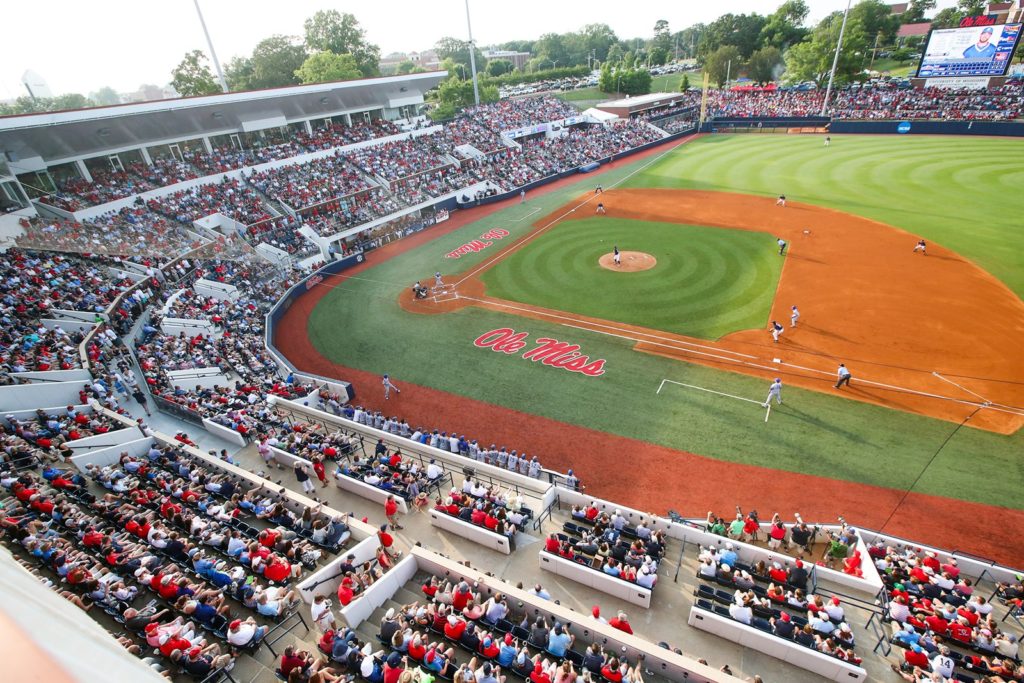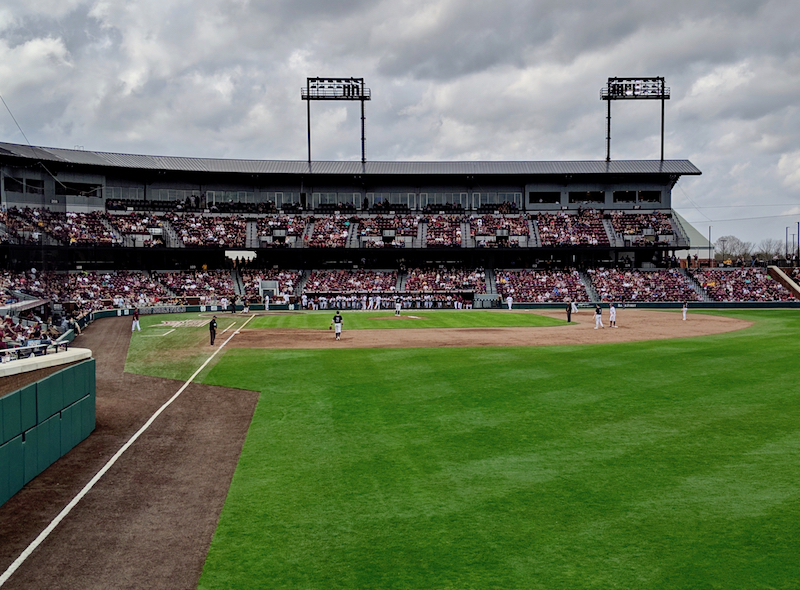The reason is college baseball’s nonsensical scholarship limit. Right now, Division I schools can only offer 11.7 scholarships that can be divided up among 27 players.
Most players don’t receive a full scholarship and the minimum that can be awarded is 25 percent. Try to do that math in your head for kicks.
The National Association of Intercollegiate Athletics, which is an organization for smaller college athletic programs, offers an even 12 scholarships in baseball.
NCAA Football Championship Subdivision (once known as Division I) football, in comparison, offers 85 scholarships. The difference is that football generates lots of revenue and most college baseball programs lose money. Lots of money.
According to the most recent NCAA’s revenue and expenses report from fiscal 2016, 114 Division I schools played baseball and the average program had a $658,000 loss.
At the next highest level, the Football Championship Subdivision, the average program lost $93,000. This level can offer only nine scholarships per year.

In addition to the revenue issue, any additional scholarships for baseball would have to be offset under Title IX with additional ones for women’s sports. Considering that baseball is a money loser for most schools like most women’s sports, the scholarship number will likely remain where it is.
College football became a revenue monster because of TV contracts with the various conferences, which have revenue-sharing agreements that allow even the also-ran teams on the field to enjoy the largesse.
College baseball is a regional, warm weather game with little interest outside the Southeast and Pacific coast. Even with the rise of conference networks, there is only a smattering of college baseball games broadcast during the regular season.
For example, one team from the Midwest, Michigan, advanced to the 16-team Super Regional round. That means potentially lucrative TV markets (and the resultant advertisers) in the Midwest and Northeast are shut out with little interest by viewers.
Even the biggest winners on the diamond are struggling financially.
The Southeastern Conference is the 900-pound goliath of college baseball, with six of its teams advancing to the Super Regional round. Despite the success, most of its individual programs aren’t making money.
According to a 2017 story in the Baton Rouge Advocate, only four SEC baseball teams made a profit or even broke even in 2016. Ole Miss barely made a profit (more than $28,000), while LSU made $1.5 million.

The rest, which includes Mississippi State, lost money on baseball that year. This was before State’s new Dudy Noble Field opened for business in 2018, with its array of luxury suites and other revenue-enhancing features.
For college baseball to get more scholarships, increasing revenue like Mississippi State did with its state-of-the-art stadium is going to be the rule. Some schools in the Snow Belt, such as Buffalo University, will decide to phase out baseball.
Getting a national TV contract for the stronger conferences would probably help grow the sport and its fanbase.
Even if those things come to fruition, just getting the sport to a nice, even 12 scholarships might be a tough battle.
Eliminating the math headaches for college baseball coaches trying to divvy up their precious few scholarships might make that a worthy effort.